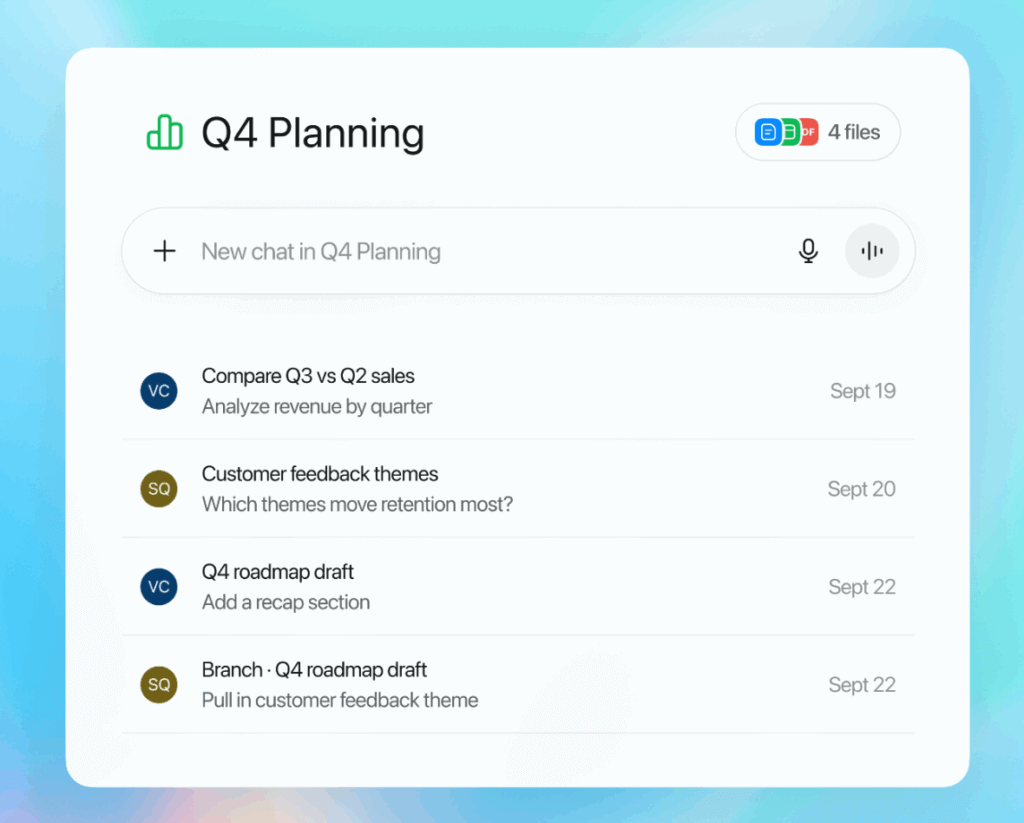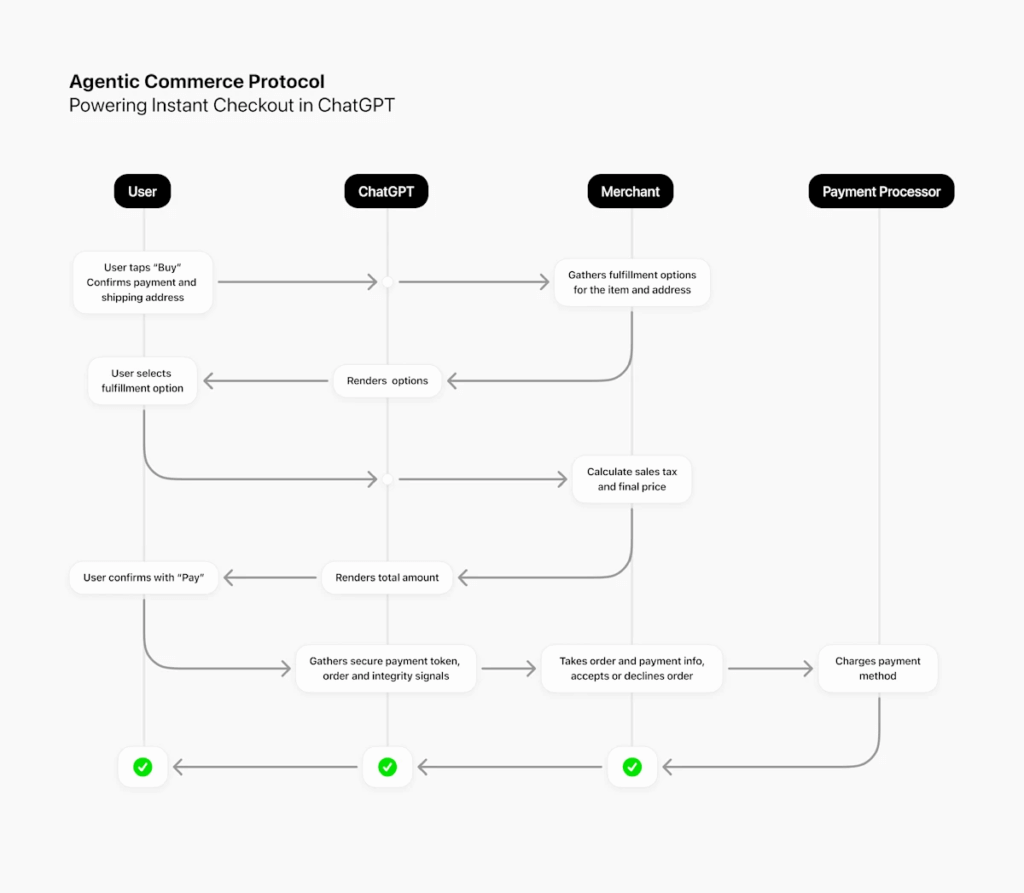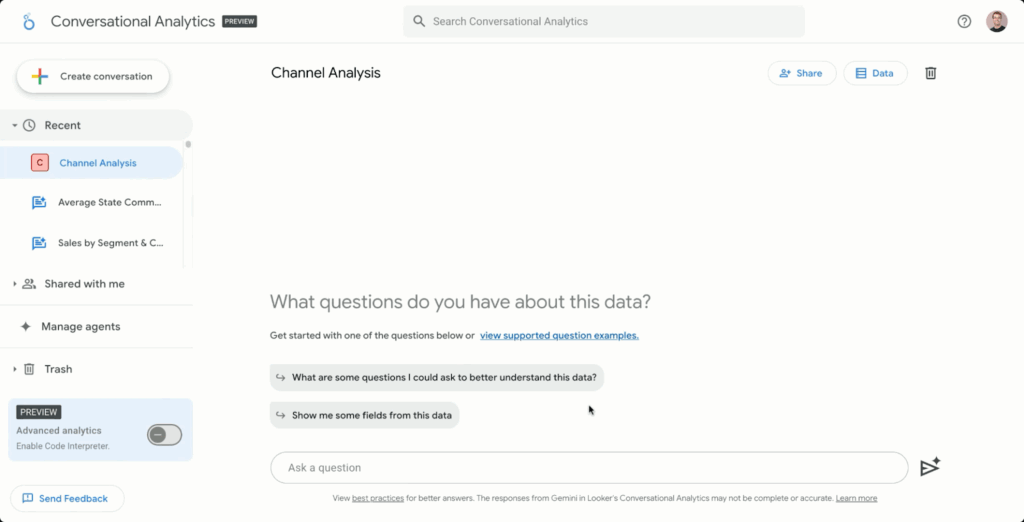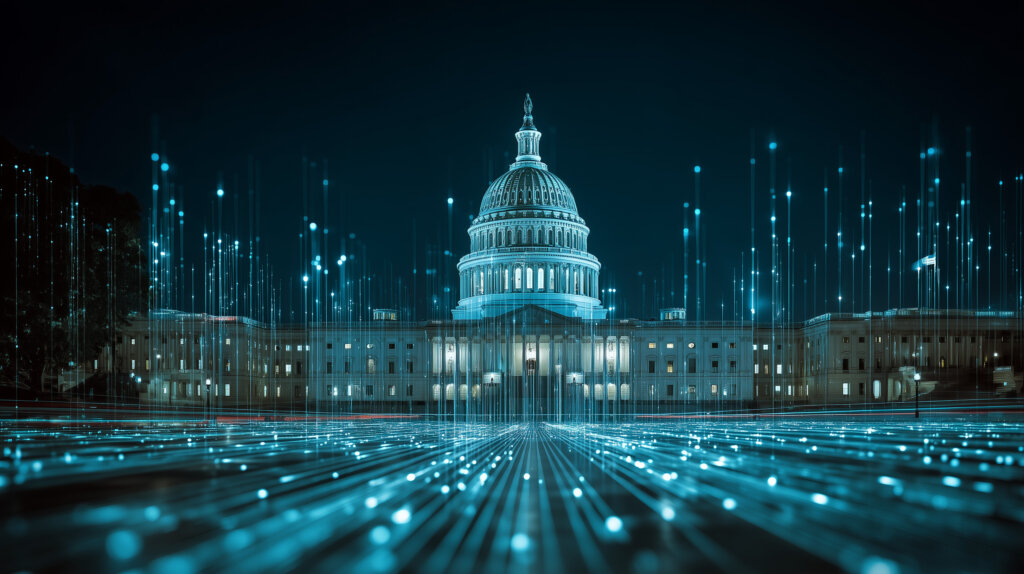This quarter’s AI breakthroughs are rewriting the playbook for how brands connect with audiences, measure impact, and create value.
Artificial intelligence didn’t slow down this summer. From OpenAI to Apple, the third quarter of 2025 delivered major moves that redefine how brands engage with consumers, drive conversions, and analyze data. Here’s what marketers need to know, and how to act.
1. From Chatbot to Daily Ritual: ChatGPT Pulse
OpenAI launched ChatGPT Pulse, a personalized morning digest that uses your calendar, contacts, and conversations to serve curated updates on everything from travel to dietary needs.

Why it matters:
Consumers are now waking up to AI-powered content before they check their email or social media. This shift in attention creates a new battleground: the AI morning feed. Brands must think beyond social algorithms: How will your content surface in AI-native environments?
Takeaways for marketers…
- AI is becoming the first screen. Pulse has the potential to compete with email, newsfeeds, and even search as a consumer’s first content touchpoint.
- Content strategy must evolve. Brands need to start thinking in terms of “AI-suggested” content. What content will be recommended by AI agents? How do you optimize for these emerging formats?
- Product discovery will be ambient. Pulse may suggest products or ideas before a consumer even searches. Marketers will need to prioritize contextual relevance over traditional search optimization.
- Personal data = personal influence. Campaigns that integrate with user calendars or preferences (e.g., food, fitness, events) will be more naturally discoverable through AI assistants.
2. Workflows Go Agentic: Projects & Shared Projects in ChatGPT
OpenAI’s new Projects feature lets users organize chats, files, and custom instructions into smart workspaces. Enterprise users can also share Projects, creating collaborative knowledge hubs within ChatGPT.

Why it matters:
Internal collaboration is going agentic. Marketing, PR, and analytics teams can now work in persistent AI environments. The opportunity? Automate research, scale content creation, and train AI on brand tone, all inside a living workspace. The shift marks a move toward always-on brand intelligence.
Takeaways for marketers…
- Creative development is about to accelerate. With project-specific context, teams can rapidly iterate on campaigns, landing pages, ad copy, and even crisis comms.
- Consistency at scale. Shared instructions allow for brand voice and messaging alignment across teams and functions, which is critical for global campaigns and cross-channel activations.
- Collaboration is now AI-assisted. Marketers should experiment with workflows where ChatGPT co-pilots campaign planning, budget management, and performance reviews.
3. Ads Are Coming to ChatGPT
OpenAI is quietly building an internal ad infrastructure. A job listing revealed plans for campaign management tools, ad platform integrations, and real-time attribution. The vision is a native advertising product within ChatGPT itself.

Why it matters:
If OpenAI succeeds, marketers could soon run customized, contextual, and actionable ads inside ChatGPT. It’s not just display vs. search anymore. Conversational ad units are coming, and they’ll reshape media buying strategy.
Takeaways for marketers…
- Performance marketing will be redefined. If users engage with ChatGPT to research purchases, book services, or compare brands, marketers must reallocate budget toward visibility in AI environments.
- New attribution models are coming. ChatGPT could become its own ecosystem with closed-loop attribution. Brands must rethink how they track conversions in non-traditional environments.
- Get ahead of the beta. Savvy marketers should monitor for early access, partnerships, or API integrations. First movers here may gain disproportionate visibility.
4. Apple’s AI Play Is Still Internal… for Now
Apple is testing an internal chatbot called Veritas to power Siri’s next-gen capabilities. It enables employees to query personal data and perform in-app tasks, like photo edits or scheduling.

Why it matters:
Apple may lag in public AI rollouts, but its commitment to on-device intelligence signals a future of highly personalized, privacy-centric AI. For marketers, this means adapting strategies to AI ecosystems with tighter data control and limited targeting capabilities.
Takeaways for marketers…
- Apple’s AI strategy is private-first. If Veritas goes live, marketers will need to adapt to AI surfaces where traditional third-party data isn’t accessible.
- Voice SEO is back. Apple’s Siri revamp could revive interest in optimizing for voice commands, especially in local, DTC, or app-based experiences.
- Closed-loop systems = limited targeting. Without third-party access, marketers must invest more in native Apple integrations and first-party data strategies.
- UX and app presence matter. If Siri can edit photos, make purchases, and run apps, then branded experiences inside the Apple ecosystem must be frictionless and AI-accessible.
5. Conversational Commerce Is Here: ChatGPT Instant Checkout
OpenAI launched Instant Checkout, enabling users to buy products directly in ChatGPT. Powered by the Agentic Commerce Protocol (co-developed with Stripe), it integrates with Shopify, Etsy, and more.

Why it matters:
This is a major step toward AI-native commerce. Your product listings might soon appear as instant-buy cards in a chat thread. Brands need to be practicing AI Optimization, structuring product feeds, reviews, and descriptions for conversational surfacing and relevance.
Takeaways for marketers…
- Conversational commerce is now real. Brands need to optimize for AI-driven product discovery and one-click checkout inside the chat interface.
- AI SEO is the next frontier. Just like web SEO, products will need to be surfaced based on intent, context, and conversational queries.
- Merchants must integrate early. Brands should explore integrations with the Agentic Commerce Protocol to stay competitive in AI-native marketplaces.
- Visual + text experience optimization. Product images, descriptions, and metadata will need to be tuned for AI interpretation, not just human skimming.
6. Google Upgrades Looker with AI-Powered Data Exploration
Google launched Conversational Analytics in Looker, powered by Gemini. Teams can now query data in natural language, generate visualizations, and even create slide decks, all within the BI platform.

Why it matters:
Speed matters. Instant insights from campaign data and consumer trends mean faster pivots and better performance. AI isn’t just enhancing dashboards—it’s becoming the dashboard.
Takeaways for marketers:
- Analytics gets democratized. Your paid media analyst, PR manager, and email marketer can now all run their own queries, instantly.
- Faster iteration loops. AI-powered BI means faster “read-react-optimize” cycles. Campaigns can pivot in hours, not weeks.
- Storytelling gets a boost. With automated slide decks and data summaries, marketers can present insights to stakeholders with clarity and speed.
- Train your teams. Adoption of tools like this won’t be automatic. Upskill your teams on how to use natural language prompts for real business intelligence.
7. Claude 4.5: The Agent Model Arms Race Accelerates
Anthropic’s Claude Sonnet 4.5 dropped in Q3 as the “best coding model in the world,” excelling at reasoning, long tasks, and using tools like spreadsheets and browsers. It comes with the Claude Agent SDK, enabling developers to build their own AI agents.
Why it matters:
The agent wars are heating up. For marketers, this means AI that doesn’t just answer, but acts. Expect brand agents that can plan, test, and optimize campaigns autonomously. It’s time to ask: What would your AI brand strategist do today?
Takeaways for marketers:
- Expect AI-native competitors. Startups will emerge with zero human staff and 100% agent-led workflows, changing benchmarks for speed and cost.
- Marketers must learn agent architecture. Just like marketers learned CMS platforms, SEO, and media buying tools, understanding how AI agents work will be essential.
- The marketing stack is shifting. AI agents could soon sit between CRMs, ad platforms, and content tools, creating self-optimizing marketing systems.
Bottom Line: AI Is the New Interface
From commerce to collaboration, Q3 made one thing clear: AI is becoming the interface layer between people, data, and brands. For marketers, the opportunity isn’t just to use AI, but to meet the consumer inside it. If you’re ready to leverage the newest AI innovations to their fullest potential, talk to our experts today.
Optimize Your Brand’s Visibility in AI Search
Millions turn to AI platforms daily to discover and decide. Make sure they find your brand.






